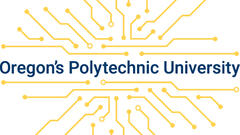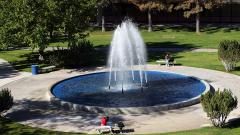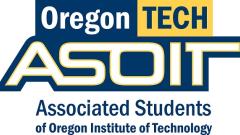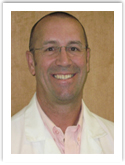Program Accreditation
Oregon Institute of Technology is accredited by Northwest Commission on Colleges and Universities, 8060 165th Ave. NE, Suite 100, Redmond,
WA 98052-3981, an institutional accrediting body recognized by the Council for Higher Education Accreditation and/or the Secretary of the U.S.
Department of Education.
The Diagnostic Medical Sonography, Echocardiography and Vascular Technology programs are programmatically accredited through the
Commission on Accreditation of Allied Health Education Programs (CAAHEP), upon review of the Joint Review Committee on Education in
Diagnostic Medical Sonography (JRC-DMS).
Echocardiography - Goal and Mission Statement
To prepare competent entry-level adult cardiac sonographers in the cognitive (knowledge), psychomotor (skills), and affective (behavior) learning
domains
Diagnostic Medical Sonography - Goal and Mission Statement
To prepare competent entry-level general sonographers in the cognitive (knowledge), psychomotor (skills), and affective (behavior) learning domains
Vascular Technology - Goal and Mission Statement
To prepare competent entry-level vascular sonographers in the cognitive (knowledge), psychomotor (skills), and affective (behavior) learning
domains
Program Mission
The purpose of the Radiologic Science Bachelor's Degree Program at Oregon Institute of Technology is to provide graduates with the knowledge, clinical skills, and compassion that will allow them to become exemplary medical imaging technologists and future leaders in radiology and advanced imaging professions.
Program Educational Objectives
- Be compassionate, caring healthcare professionals.
- Be eligible, well-prepared, and able to sit for and pass the ARRT credentialing examination.
- Have immediate job placement within six months of graduation.
- Work in advanced imaging fields and sit for advanced imaging registries.
Program Student Learning Outcomes
- An ability to practice organizational skills using prioritization.
- An ability to demonstrate quality work in the didactic and laboratory settings.
- An ability to comprehend radiologic theory and principles and apply them in the laboratory setting.
- An ability to work in a stressful environment and perform effectively under pressure.
- An ability to use good judgment and critical thinking skills.
- An ability to demonstrate confidence in their knolwedge and skills.
- An ability to demonstrate attention to details and follow instructions.
- An ability to practice initiative.
- An ability to approach tasks and duties with a positive attitude.
- An ability to accept and apply constructive criticism.
- An ability to be punctual and reliable.
- An ability to practice positive interpersonal skills with faculty, classmates, other professionals.
- An ability to effectively work in a team setting.
Summary of Program Student Learning Outcomes
The Medical Imaging Technology faculty formally assess the student learning outcomes summarized in the annual program assessment report. Additional details can be found in department assessment records.
Program Curriculum Map
The curriculum map for the Radiologic Science program can be found on the catalog web page on the Oregon Tech website, www.oit.edu/catalog.







